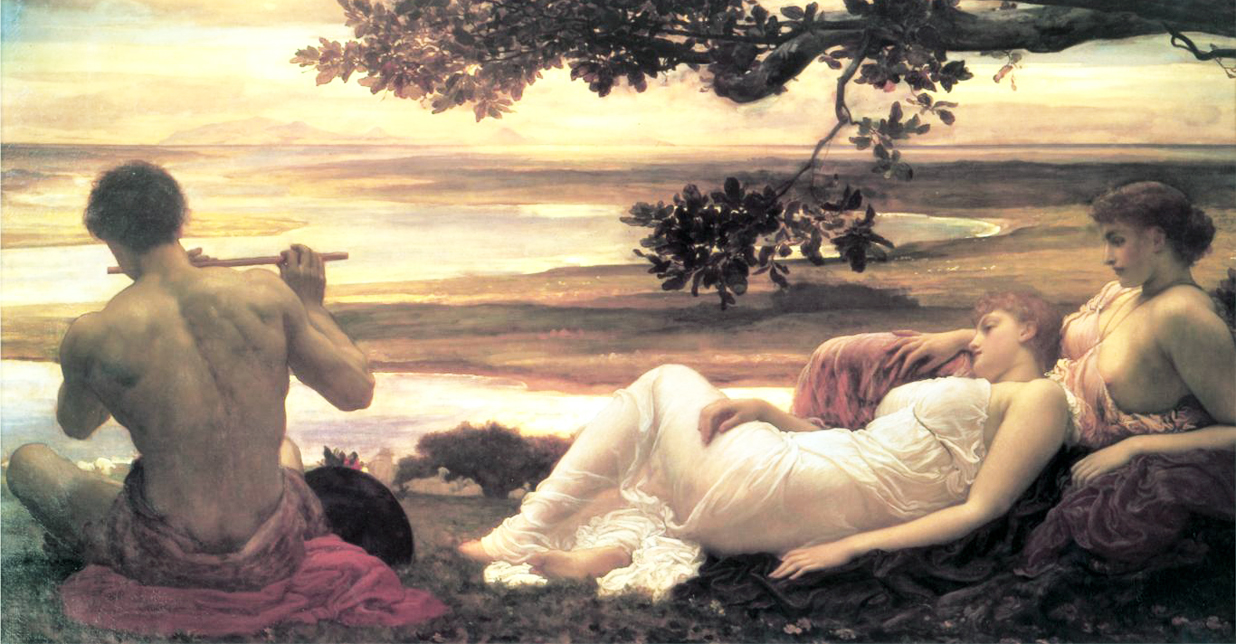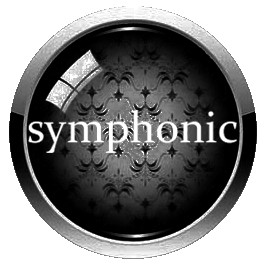
On the Interplay of Dorian and Mixolydian Modes
by Lee Duane FitzSimmons
Other than the third note of the scale, the Dorian and Mixolydian modes are identical. The relationship between these two modes is very similar to the relationship that exists between the blues scale (minus the raised third and fourth) and the natural minor scale; only the sixth tone is different. If the third tone of the scale is avoided, then a more ambiguous scale arises that functions in a very playful way. This type of scale is quite effective at building melodic phrases that wish to circumvent the process of having to commit to either a major (Mixolydian) or a minor (Dorian) color.
Sometimes it is rather useful for a melody to remain ambiguous and slightly aloof when building on certain patterns of chordal development where the sonic textures may or may not be emphasizing a particular tonal center. If a major key or a minor key is emphasized, the ear is often led to expect certain outcomes. However, if a tonal center does not directly receive focus with obvious chordal and/or melodic maneuvers, then the ear is usually more open to accept modulatory compositional devices in the music's basic structure.

When playing with the various tones in the Dorian/Mixolydian (minus the third) scale, one of the most interesting intervals is the half step between the sixth and seventh tones of the scale. These two tones can almost be thought of a type of replacement for the third tone that establishes the particular mode. Some of the more interesting qualities of this type of scale are located in this particular area. If the third (either raised or lowered) is added, then this area seems to lose this unique emphasis.
Also, instead of employing the third in the harmonic makeup of the tonic chord, one can use the second tone (re) as a substitute for the third. This compositional technique also allows the composer to avoid having to commit to a major or minor color and still have a satisfying resolution to the tonic that is more than a hollow open fifth. By using this type of method, modulatory chordal passages can shift tonal centers far more easily. One can also wait for key areas of the piece before committing to either a major or minor flavor in order to add more interest to a particular section.
Whatever flavor or technique is used, it should always be remembered that musical tonality consists of so much more than just whether or not a piece is in a major or minor key. There are six other tones in the scale.
They also deserve attention.
* * *
INDEX
 |
 |
 |
 |
 |
 |
HOME * BOOKS * SANCTUARY * BIOGRAPHY
JAZZ * SYLVAN * ELECTRONIC * SYMPHONIC * ROCK * REGGAE
Copyright 2014 by Lee Fitzsimmons